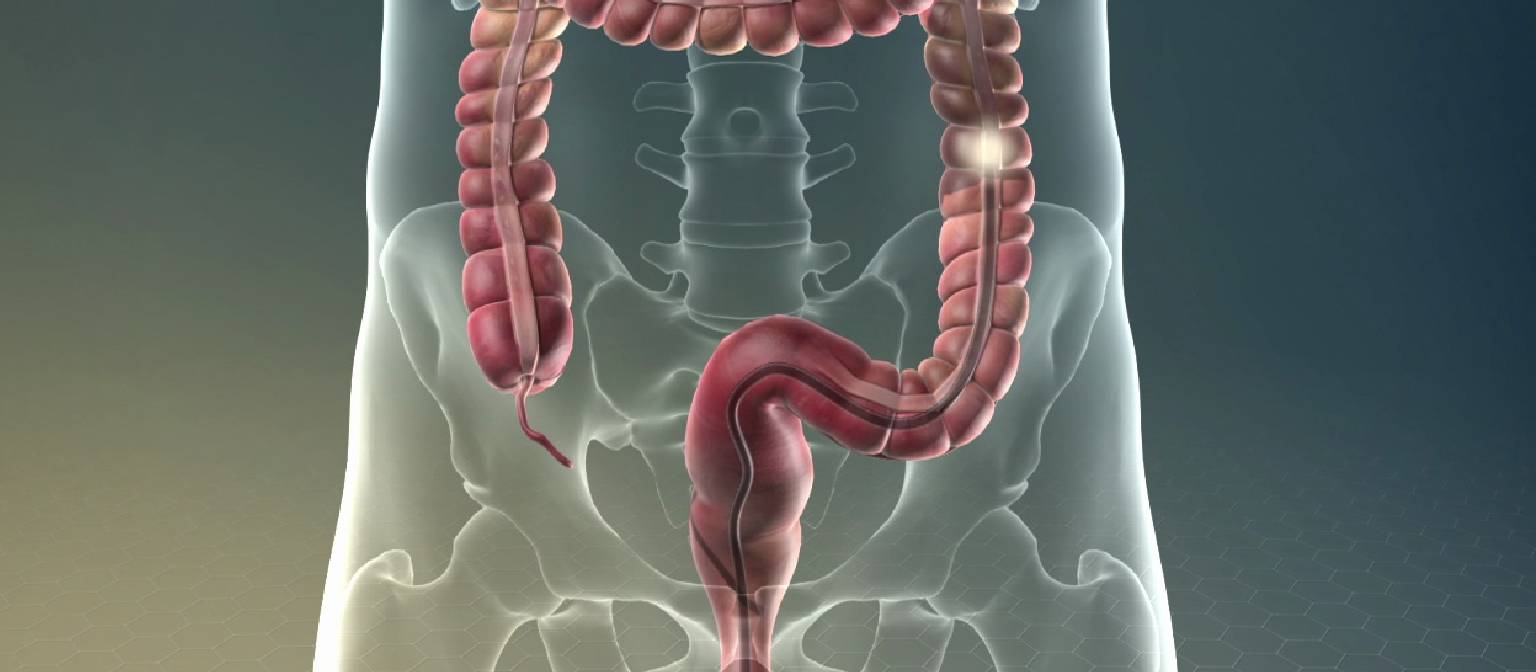Our Services
Menu

A colonoscopy is a medical procedure that examines the large intestine and the distal part of the small intestine. It’s performed using a colonoscope, a flexible tube with a camera and light at the tip that’s inserted through the anus.It’s performed using a colonoscope, a flexible tube with a camera and light at the tip that’s inserted through the anus.
A colonoscopy (koe-lun-OS-kuh-pee) is an exam used to look for changes such as swollen, irritated tissues, polyps or cancer in the large intestine (colon) and rectum.
Symptoms:
- Rectal bleeding: Blood in stool, either bright red (lower GI bleeding) or dark (upper GI bleeding), may indicate conditions like hemorrhoids, polyps, or cancer.
- Abdominal pain and bloating: Could be due to conditions like diverticulosis, colon cancer, or inflammatory bowel disease (IBD).
- Change in bowel habits: Persistent diarrhea or constipation may be a sign of colon issues.
- Unexplained weight loss: Can be a sign of colorectal cancer or severe malabsorption.
- Fatigue and anemia: Often associated with chronic blood loss from conditions like colon cancer or ulcerative colitis.
Purpose:
- Early detection of colorectal cancer: A screening tool for people over 50 or at high risk (e.g., family history, previous polyps).
- Diagnosis of GI symptoms: Used to investigate unexplained abdominal pain, changes in bowel habits, or rectal bleeding.
- Monitor chronic conditions: Such as inflammatory bowel disease (IBD) or Crohn’s disease.
- Polyp detection: Helps identify and remove polyps before they become cancerous.
- Therapeutic use: Allows treatment of issues like bleeding, polyp removal, or biopsy for abnormal tissue.
Indications:
- Screening for colorectal cancer: Routine screening for adults over 50, or those with a family history or genetic predisposition.
- Rectal bleeding: To find the cause (hemorrhoids, cancer, diverticular disease).
- Unexplained weight loss: Could be related to colon cancer, malabsorption, or chronic inflammation.
- Changes in bowel habits: Such as chronic diarrhea, constipation, or alternating patterns, which may indicate conditions like IBD or malignancy.
- Chronic inflammatory bowel diseases: To assess the extent of disease activity (Crohn’s disease, ulcerative colitis).
Procedure:
- Preparation: The patient is given a laxative to clean out the colon, and fasting is required.
- Sedation: Local anesthesia or a sedative is administered to ensure comfort.
- Endoscope insertion: A long, flexible tube with a camera (colonoscope) is inserted into the rectum and advanced through the colon.
- Visual examination: The doctor looks for signs of cancer, polyps, inflammation, or bleeding.
- Interventions:
- Biopsy: If suspicious tissue is found.
- Polyp removal: Using a small snare or cauterization.
- Hemostasis: If bleeding is identified, cauterization or clips may be used to stop it.
Treatment:
- Polyp removal: Prevents them from turning cancerous.
- Biopsy: Provides a diagnosis for conditions like IBD or cancer.
- Hemostasis: If there’s bleeding, procedures like cauterization or clipping can be used.
- Dilation: In cases of narrowing or strictures in the colon, a balloon or bougie may be used to dilate the area.
